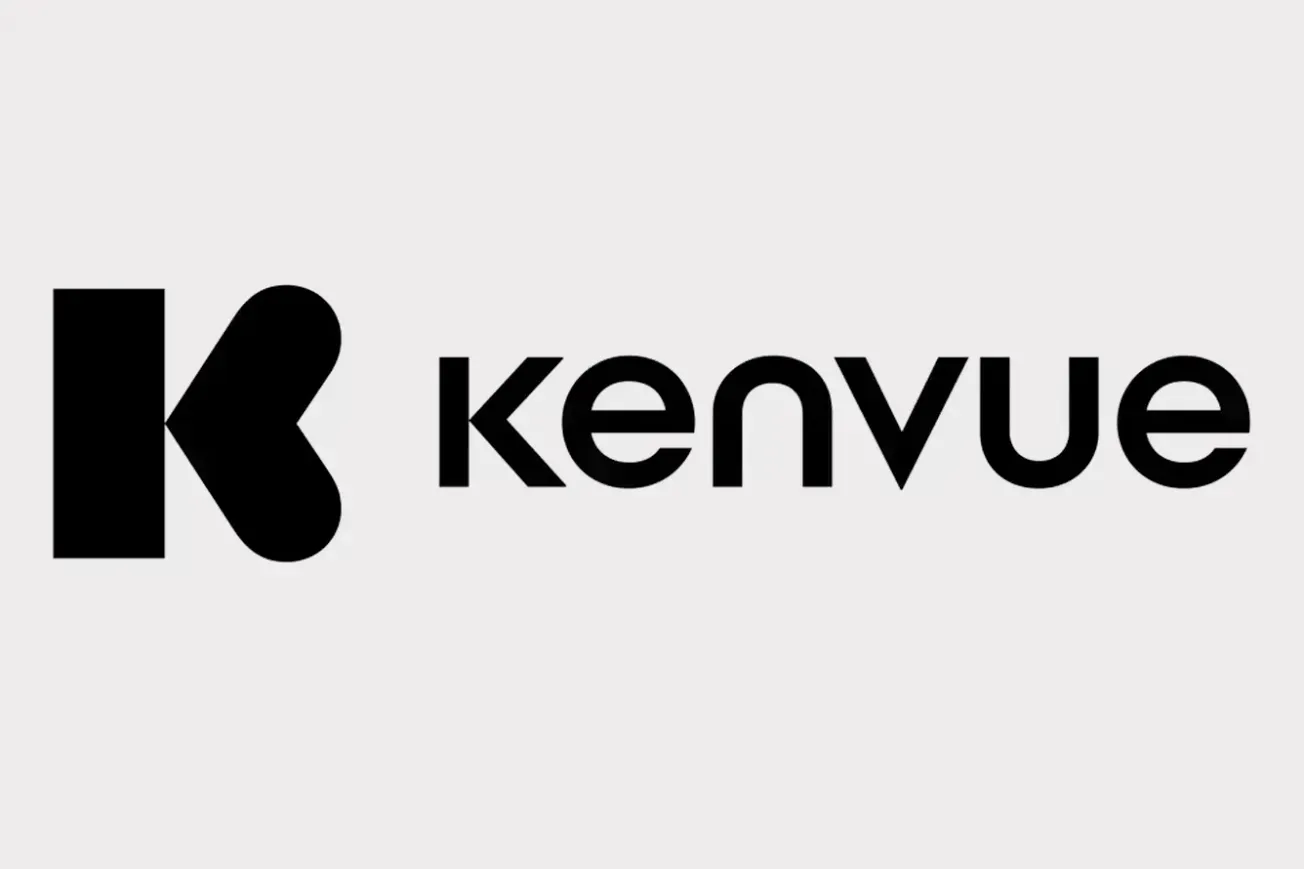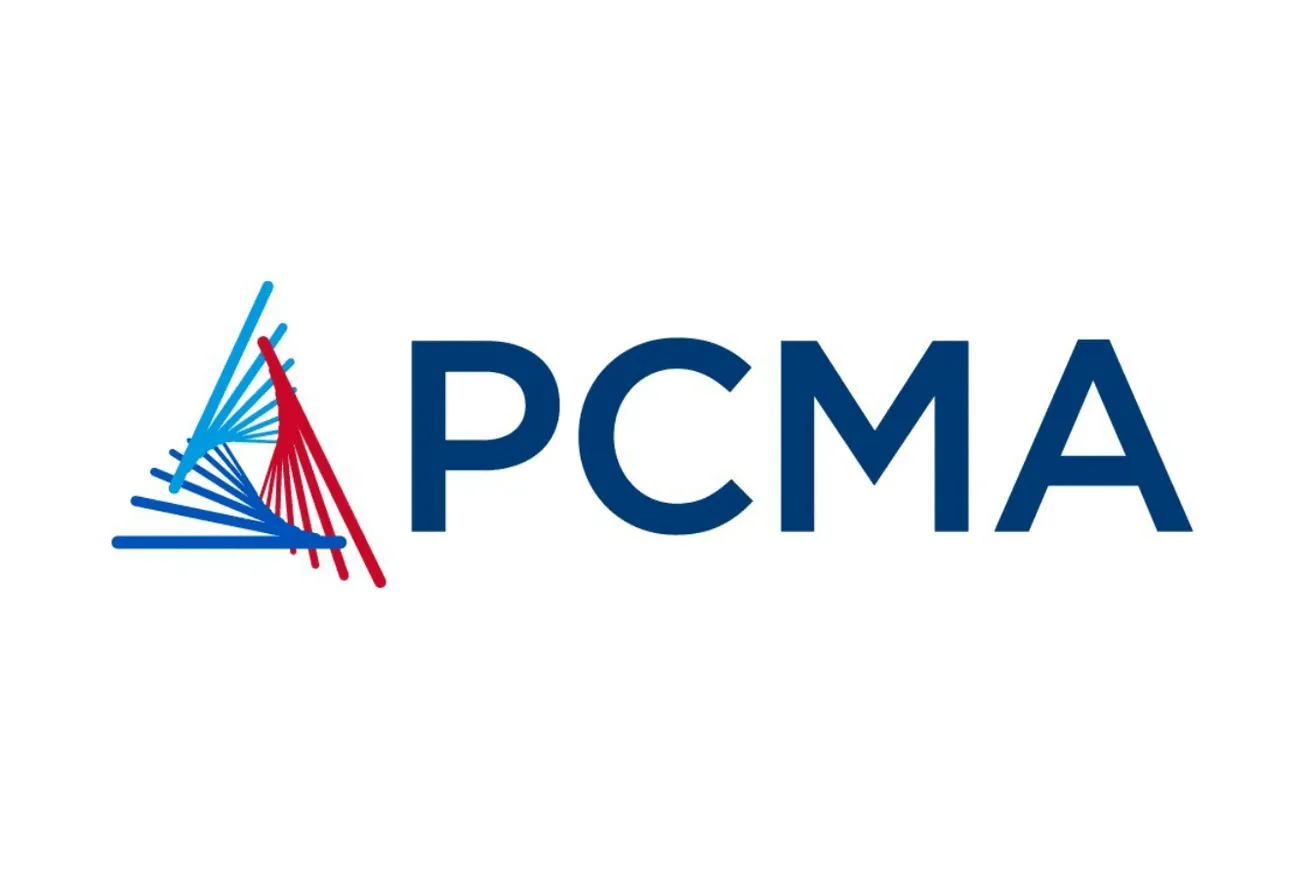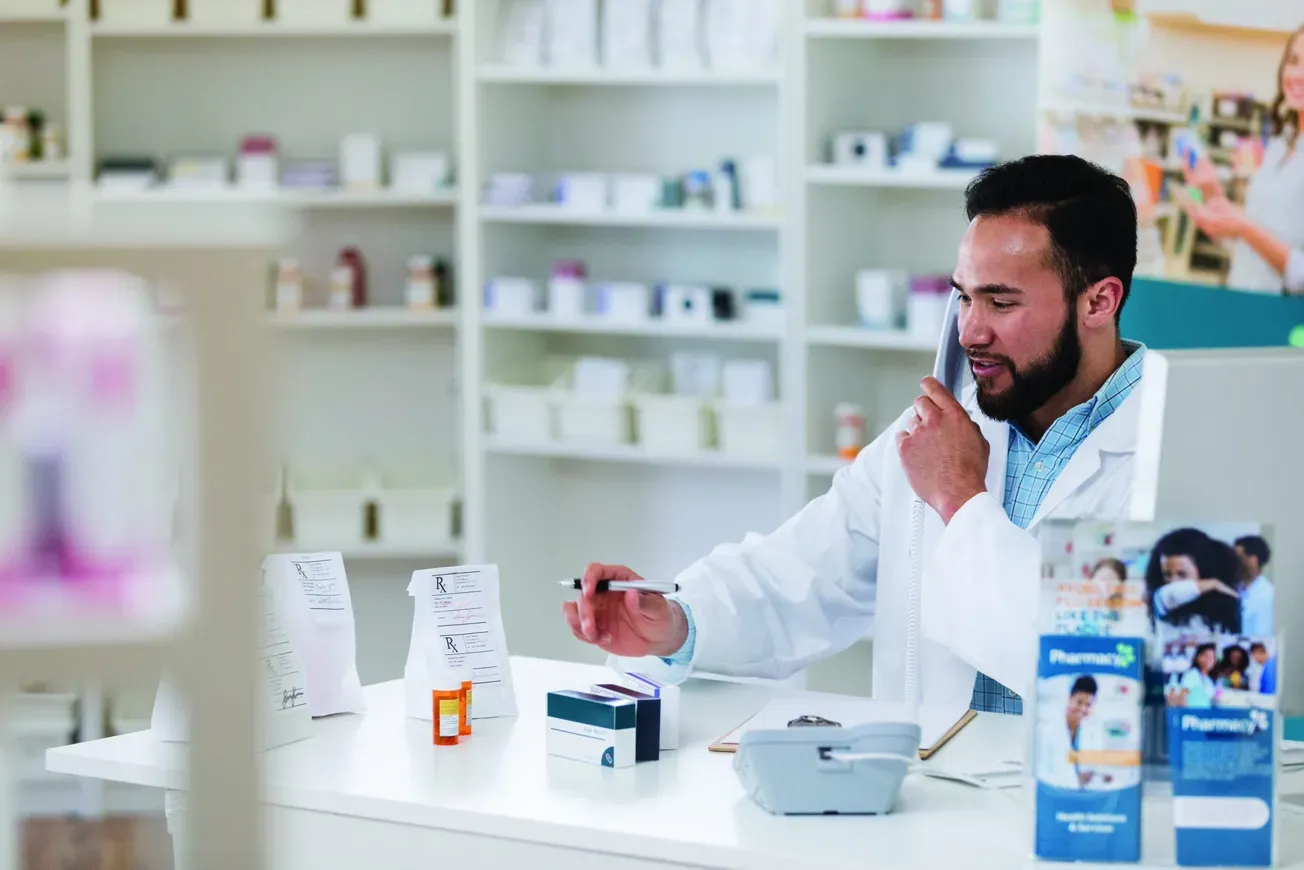WHITE PLAINS, N.Y. — Drug stores have yet to fully tap the beer sales opportunity, especially when it comes to upscale brews such as imports, according to Steve Ward, vice president of national accounts at Heineken USA.
Calling beer a developing category in the drug channel, Ward says the major drug store chains are starting to recognize that beer builds shopping baskets. Adding a six-pack or 12-pack to three or four immediate-need items can double or triple the value of the basket, he notes.
 |
Heineken’s new Star bottle features a long neck plus a neck indentation and ceramic label. |
Moreover, the decline of the photoprocessing category has opened up space that chain drug retailers can devote to more refrigerated space for beer, he says. “The chains are reappraising space and thinking about consumables and what else they can offer now that the photo area is less important. And beer is certainly a big part of the conversation.”
The typical way to boost sales of beer is to make it more visible and focus on having the right brands. Imports, with their higher margins, are essential, explains Ward. “Heineken USA invests significantly in advertising campaigns, so the brands are very well known. If you carry only a limited range you want to make sure you have recognizable items that will move fast. We find that our business is developing very nicely with the large drug customers.”
To help retailers optimize the category, the company employs the Heineken Growth and Profits Solution process with insights and merchandising tools, including a proprietary shopper study. The importer has talked to over 4,000 beer shoppers around the country, focusing on the upscale (imports and craft beer) segment.
“We learned all about where they’re going shopping, and when and why they purchase in drug stores,” Ward says. “We’ve been taking that information back to major retailers to help them maximize their sales of imported and other upscale beers.”
Heineken USA also has invested significantly in category management by dedicating more people to space and assortment planning as well as by providing insights that retailers appreciate.
“It’s all about understanding the occasion that people are buying for and why,” observes Ward. “Beer can be an impulse purchase, and drug stores are in high-traffic areas where people go for immediate needs. As you get toward the weekend, there is a great opportunity to display beer to attract that impulse purchase.”
All retailers seek to trade consumers up to a more profitable ring, and imported beers are better suited for that strategy than a lot of other products. In Heineken USA’s case, heavy advertising of its flagship Heineken Lager brand and the Dos Equis brews from Mexico spur beer drinkers to trade up.
The brands’ high level of recognition translates into a profitable ring, Ward says. “Strong brand awareness, coupled with high margins, is a winning combination for imported beers in the drug store channel.”
Heineken connotes quality and heritage, he says, noting that it is the No. 1-selling premium brand in the world and available in more countries than any other brew. Heineken’s target consumer is the “Man of the World” who is confident, adventurous and progressive, making him open to new experiences.
Dos Equis, meanwhile, is the choice of the “Most Interesting Man” in the world.
The “Most Interesting Man” campaign has given Dos Equis “amazing pop culture relevance” and, along with Heineken, a tremendous following, Ward says.
“Heineken and Dos Equis are the most followed beer brands on Facebook in the U.S. People are interested in the brands and in following the Most Interesting Man and Heineken online. That’s an important part of marketing — the social currency that brands have.”
All of Heineken USA’s brands are quality, great-tasting beers he adds. “At the end of day that’s what we trade on most. People love the taste. It’s important not to forget that.”
And the company’s Newcastle Brown Ale builds demand with its “Limited Editions.” Excitement abounds, for example, over the upcoming Newcastle Bombshell, a blond ale whose label draws its inspiration from seaside postcards popular in Britain in the 1940s and ’50s.
Newcastle Limited Editions can serve as in-and-out products that spike segment sales, Ward says. “They help a category that depends on excitement and variety. The strategy is being able to offer variety without duplication.”
Newcastle also has a big social media following with Facebook as well as on Twitter.
“People consume media online and it’s vital to be in those conversations,” Ward says. “Drug retailers want to work with suppliers that understand this space and can deliver shoppers to the store who are already engaging with the brand on a personal level.”
The company is also keeping up with changing times through its brands’ appeal to multicultural populations.
Noting that 40% of beer drinkers in 10 years will be multicultural, Ward says retailers should favor brands enjoyed by multicultural consumers. Today, half of Heineken’s drinkers are African-American and Hispanic, he says. Widespread popularity across the major multicultural groups is a significant strength of the Heineken brand.
“Given that that’s where the country’s growth is going to come from, it’s a very important consideration. By 2036 the majority of consumers 21 and over will be multicultural. The good thing about upscale imports — and Heineken in particular — is they already have very broad multicultural appeal. A drug retailer thinking about which beers to stock and display over the long term should be aware of that.”
Beer is the most profitable item that can be put in a cold case, he adds, noting that it turns much faster than wine.
And while fast-turning brands such as Heineken and Dos Equis should be refrigerated, other brands can be merchandised at room temperature. Compared to convenience stores — the leading channel for beer sales — drug stores have a lot more space to display warm beer.
Brands suitable for warm display include craft beers and slower-moving imports that are more likely to be a planned purchase for a specific occasion or event in the future. Room temperature displays help conserve limited and expensive cold space, says Ward. Figuring out how to sell certain brands warm based on occasion purchasing “can be a big opportunity,” he says.
Given that beer is “the alcohol beverage of moderation,” he sees a rosy future for the category. Overall category sales will continue to be driven by beer’s capacity to refresh with a light alcohol level, Ward says. “Beer will always have that to its benefit,” he says, noting that the pursuit of refreshment generates sales for a variety of occasions.
He also calls beer “a fantastic accompaniment for food,” describing it as “much more complex than wine.” Wine is more viscous, he says, making it stick to the tongue and throat, whereas beer washes food down.
Ales, lagers and other style beers can be matched to different types of food, he notes. Dos Equis goes with fish, while Heineken or Newcastle Brown Ale is ideal with steak.
People are pleasantly surprised at how well good-quality upscale beers accompany food, Ward says. “It’s a great discovery and one which chain drug retailers can capitalize on.”
One of the fastest-growing segments in the alcohol beverage market is hard cider. The top-selling brand worldwide is Strongbow, according to Ward.
The hard cider category doubled in the past year, he says. “It’s relatively small, but it’s the hot new thing.”
Retailers thinking about keeping their alcohol beverage department exciting and interesting should take a look at hard cider, particularly Strongbow, Ward notes, adding that Heineken USA plans to invest heavily in the brand’s marketing, he notes.
“I would encourage people to try and get in on the ground floor before the category burgeons in other channels, like grocery and on-premise. We’re already talking to drug chains about placing Strongbow in their sets,” he says.







